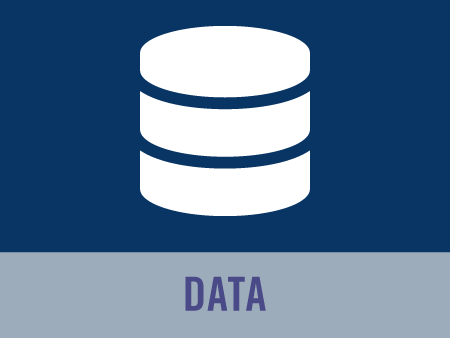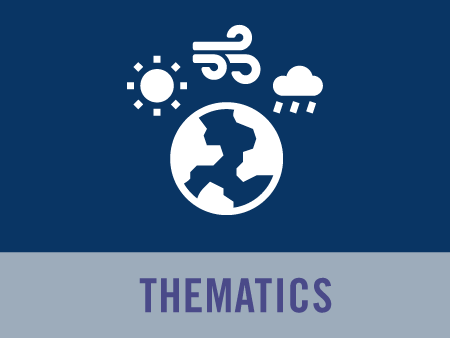Discussion and conclusion
These comparisons are performed along the buoys trajectories : essentially Fram Strait, the Beaufort gyre and the North pole. Figures 5 and 6 present AMSR-E and Merged drift maps for 3 day-lag (2nd-5th February 2005), an eulerian comparison can be made on the whole Arctic. The two maps present similar drift pattern, in particular a strong southward drift in Fram strait, ice exit of Kara area, drift from Laptev sea to central Arctic. AMSR-E map shows more vectors to the North of Alaska and to the Canadian archipelago. Due to the pixel size, AMSR-E grid resolution is increased by a factor of four compared with that of the Merged, but also more data gaps patches and no data at the North Pole. At this day-lag, Merged drifts are often lower than one pixel (crosses on figure 5) or are about one to two pixels inducing angles of 0, 45 or 90°, whereas AMSR-E drifts present a better angular resolution due to the pixel size.
Figure 7 shows drift data density during the 2002-2003 winter for AMSR-E and Merged data for several day-lags. AMSR-E provides 60 to 85% data density from December to mid-April, and decreases for early fall and early spring down to 25 to 60% whereas the Merged product has a data density higher than 85% for the period December-mid April and higher than 60% for early fall and early spring.
The Merged product, which is a combination of SSM/I and SeaWinds/QuikSCAT measurements, is validated with buoys drifts over five winters. This product is more appropriated than SSM/I or SeaWinds/QuikSCAT independently since merging process enables discrimination of the few vector outliers remaining in the individual products. This also increases the time period when data can be estimated. The main limitation of this product is its angular resolution for small drifts : the ice vector direction on slow motion areas have a larger uncertainty.
AMSR-E provides a better vector accuracy compared with that of the Merged product because of its enhanced ground resolution. Thus time lag can be reduced to two days. Yet this product is limited by patches of missing data and present less drifts data density, in particular for early fall and early spring.
Noise level is dominated by sensor ground resolution and pixel size, advantages and shortcomings of each product depend on pixel sizes, period and magnitude of drift.










